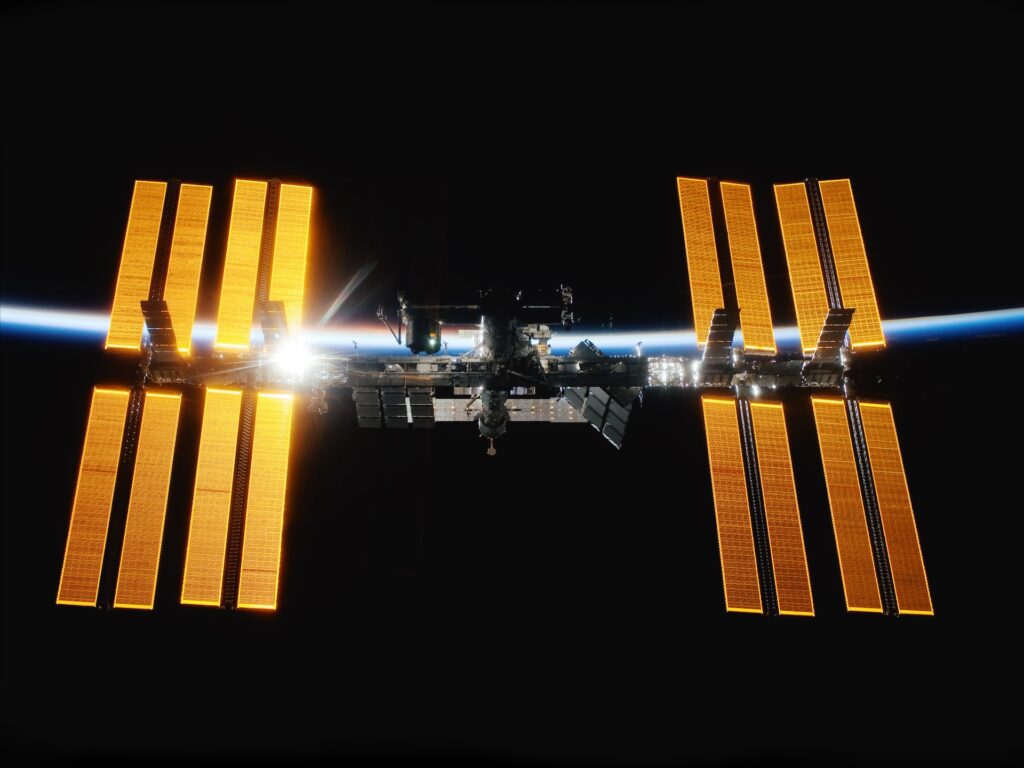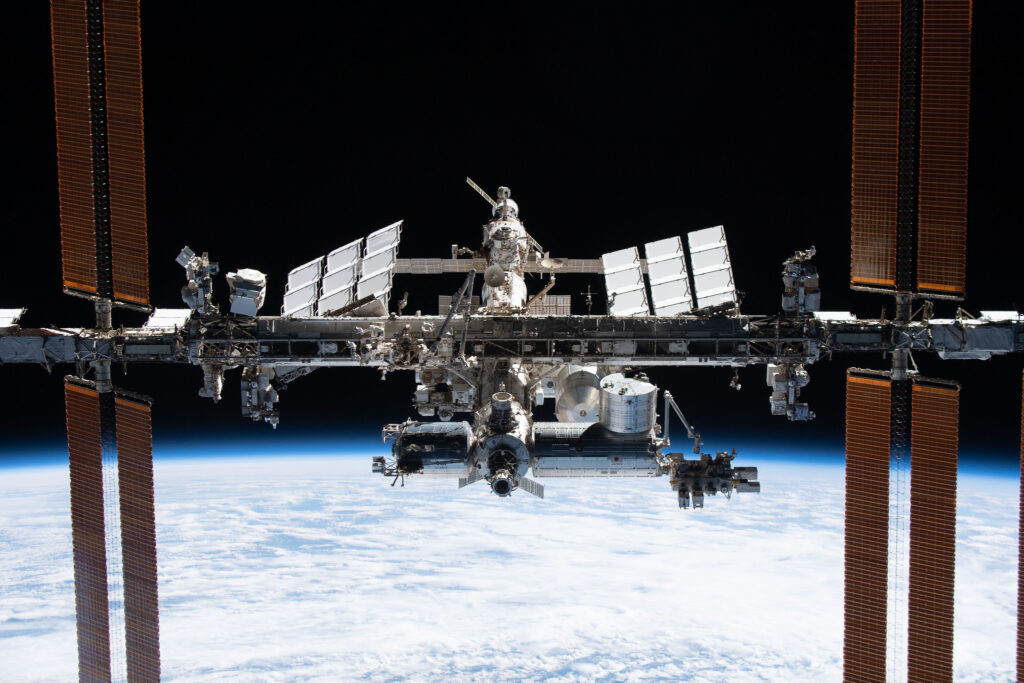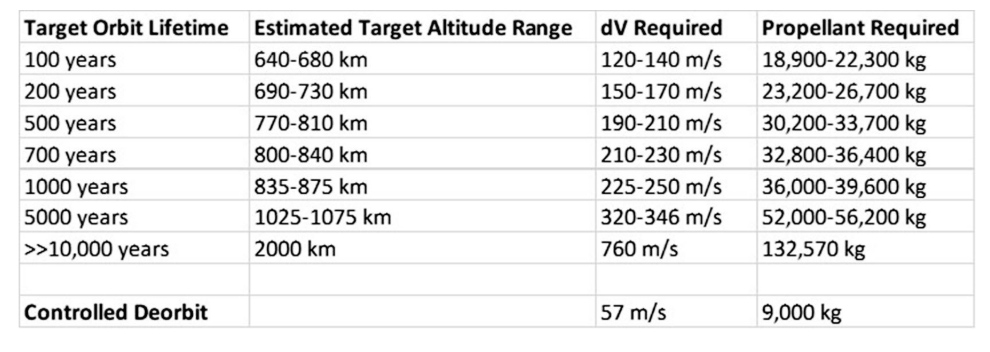SpaceX has been selected by NASA to develop a spacecraft designed to deorbit the ISS. This operation is tentatively planned for 2030.
How long can the ISS operate
The ISS is a unique scientific platform on which people have been working continuously for 24 years. During this time, they have conducted more than 3,300 experiments in various fields — from medicine to demonstrations of technologies impossible on Earth. The station is also a cornerstone of commercial space. Private spacecraft and crews fly to it and it will have a commercial module in the future.

Nevertheless, as with any technology, the ISS has a limited time of safe operation. The station’s first two units were launched back in 1998. The ISS structure is regularly subjected to stresses resulting from spacecraft docking and undocking, temperature fluctuations during entry and exit into the Earth’s shadow, and the raising of its orbit. These forces were taken into account by the designers and turned out to be less than originally predicted. As a result, the ISS lifetime was extended several times.
Nevertheless, the point at which engineers will deem the continued operation of the ISS to be too risky is pretty close. For now, NASA is going to continue operating the ISS until 2030, after which it will shift its focus to commercial orbital stations.
Flooding, not conservation
With not much time left until 2030, NASA already has to decide the station’s fate. The Aerospace Administration has considered many options, which include disassembling it in orbit to further operate the most novel components, as well as placing it under the management of commercial operators.

However, the first option is impossible due to the fact that most ISS modules are not self-sufficient vehicles and cannot be simply detached from the main structure and then reassembled. As for the second option, NASA has not received any acceptable proposals to repurpose parts of the station for commercial use. This is due to the significant costs required to continue its operation and the fact that the ISS is an example of 1990s technology and architecture that is gradually becoming obsolete.
Another possibility considered was to transfer the ISS to a higher orbit for the purpose of its conservation. However, it is impossible for a number of reasons. Such an operation requires a very large amount of fuel. And, while Starship could in theory perform such a maneuver, engineers cannot guarantee that the station will withstand the stresses that will be encountered during it. Secondly, during such a migration, the ISS will pass through radiation belts, which will lead to the failure of a significant part of its systems. Third, the ISS is in principle not designed to be autonomous for long periods of time and will still need a permanent crew.

Finally, higher orbits have a much higher risk of catastrophic collision with space debris. Calculations show that for an object the size of the ISS at an altitude of 800 kilometers, it will occur on average in four years. Destruction of the station would create a huge debris cloud that would make further orbital operation impossible for a long time.
Contract with SpaceX
All of these factors led to NASA’s decision to have the station sunk in the Pacific Ocean in a controlled manner. Since the Progress spacecraft cannot guarantee with sufficient accuracy that it will fall at a given point (and apparently also because of a reluctance to rely on the aggressor country), a specially built vehicle will be used for this purpose. On June 26, it was announced that SpaceX was awarded the $843-million contract to build it.
At the moment, we don’t know exactly how SpaceX will accomplish the task. It is also worth noting that 2030 will not necessarily be the last year in the life of the ISS. It could be extended for several years if the development of commercial orbital stations is delayed and continued operation of the international outpost is deemed safe. But in any case, that the ISS will be de-orbited and sunk at the end of its life is not in doubt.
According to NASA


